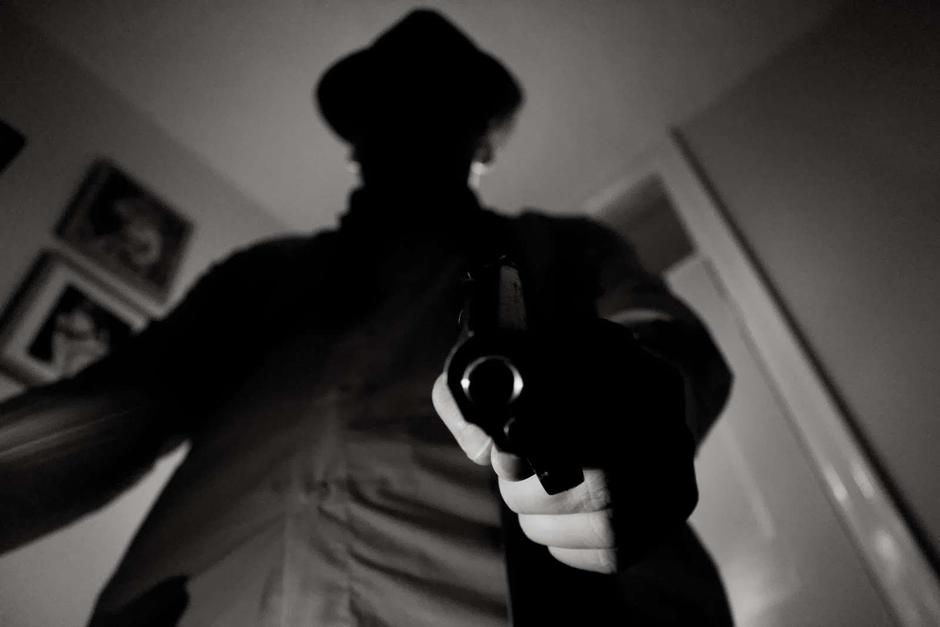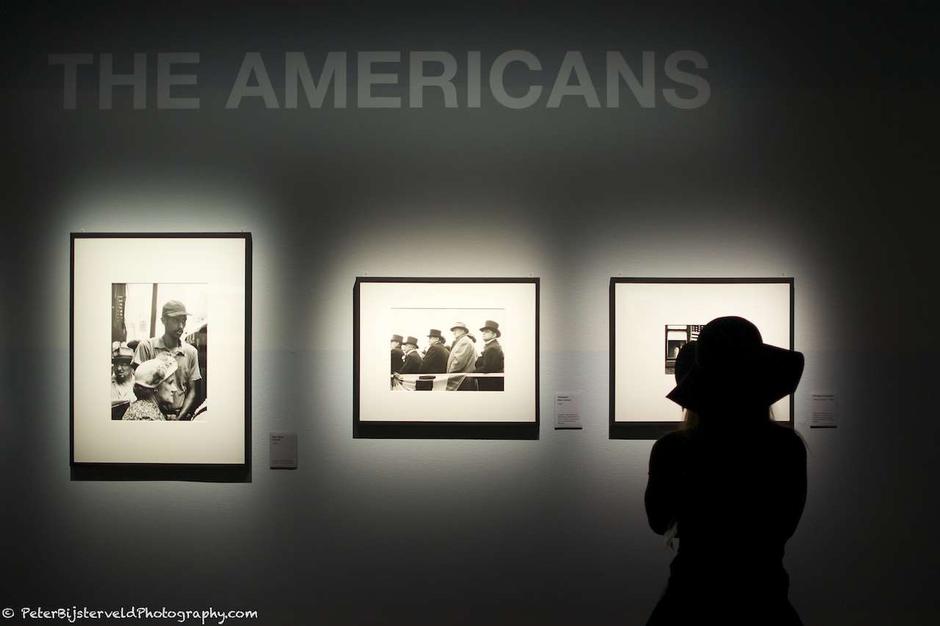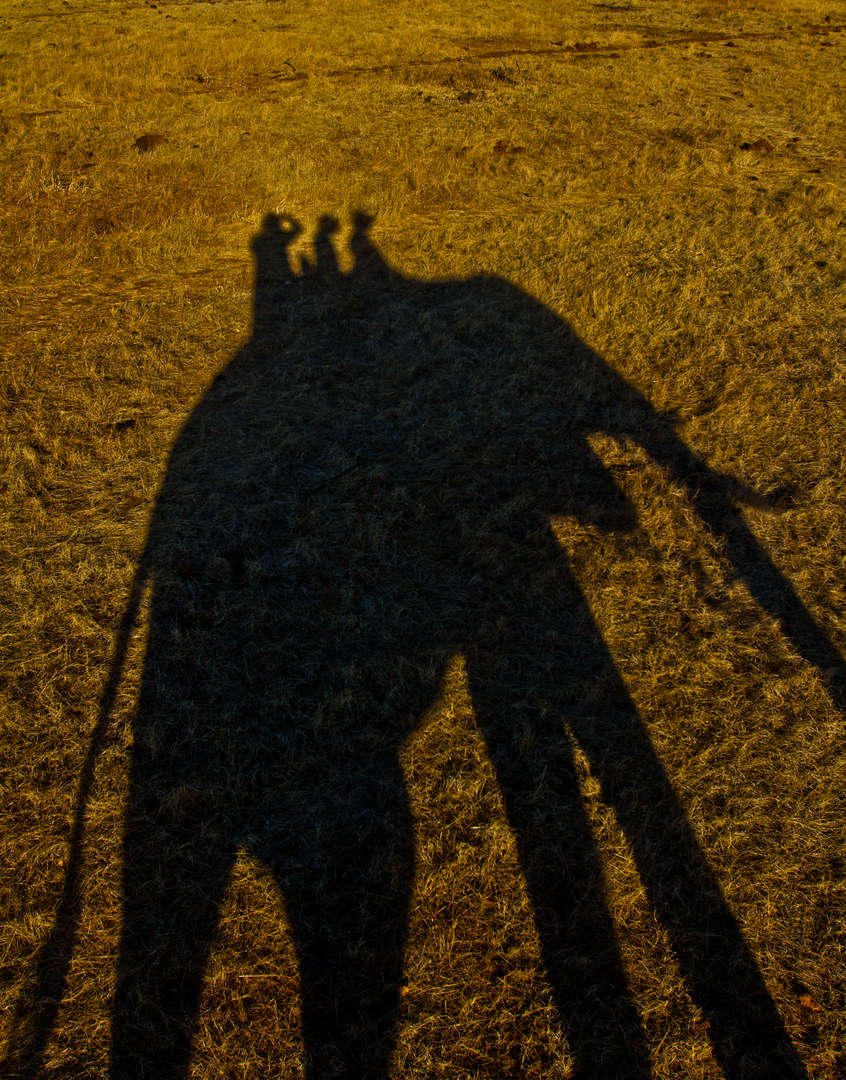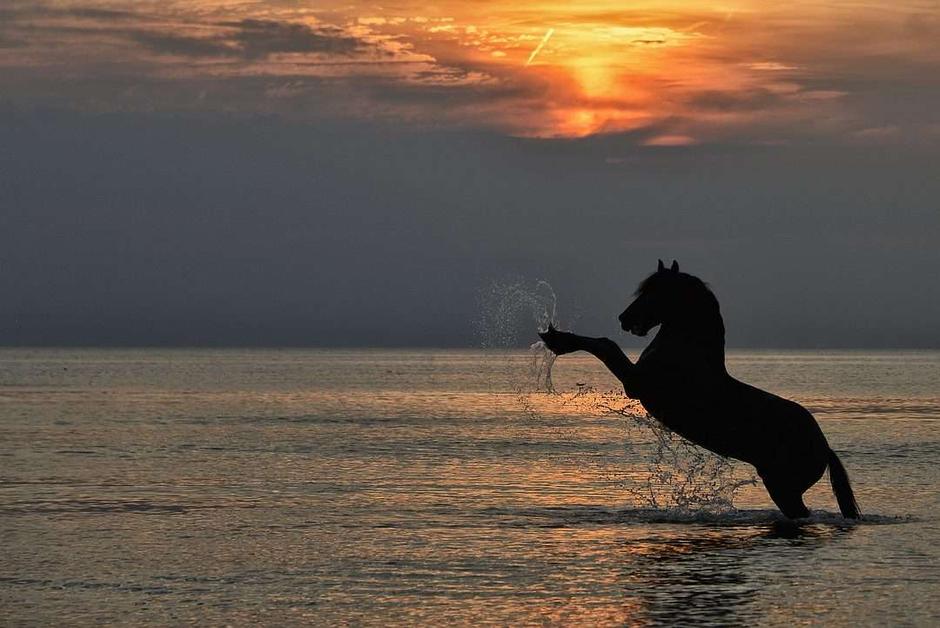It's been a week since the results of October's 'Dark matters' assignment - how time flies. Our latest blog post follows up on this fascinating silhouette-themed contest with an overview written by its expert judge, Patricia Baker-Cassidy, founder of the Oxford gallery, Art Jericho.
The Dark matters competition was a hotly-contested assignment left open to much interpretation, debate and most importantly, creativity. We had a fantastic 1,214 entries in total, and over 180,000 votes were cast.
A massive thank you to Patricia for all her valuable input to 'Dark matters'. Here are her comments on what she felt worked well, not so well and tips for the Photocrowd community on their future silhouette photography.
[Top photo - How can you stare in the face of death, when death has no face? by Molly Hole - Patricia Baker Cassidy's expert winner in 'Dark matters']
––––––––––––––––––––
Firstly - I assume from the start that people had good control of their images, that – for instance – the colour palette was intentional, that the composition was intended. And that in this (mainly) digital age, the focus / depth of field / saturation etc. were also part of the decision.
Secondly - the assignment. Or should that be plural since the title of the task was changed from 'Shadow theatre' to 'Dark matters'. Both titles invited strong interpretation. As light and shadows are prerequisites for photography, there obviously needed to be more than a literal approach to 'Shadow theatre'. I have seen Javanese shadow theatre, and two dimensional figures are seen as shadows on a dark screen, shadow puppets telling stories. By 2nd of October, for greater clarity, the title was changed to 'Dark matters' which – I think – offered a greater scope for metaphor and a psychological approach. It appeared that people read the title but not the full brief, which was explicitly focused on silhouettes. And as a title, 'Dark matters' is richer for the ambiguity – is ‘matters’ a plural noun, or a verb? In my comments, I did indicate moments when the metaphorical layer enriched our understanding of the image.
Thirdly - the brief gave a strong steer including, more than once, a suggestion that sunrises and sunsets were not necessarily the best route to success. Perhaps this recent good summer seduced photographers with brilliant skies, as there were many sunrise and sunset scenes. Yes – despite this guidance to steer people in other directions - there were well over 400 sunsets and sunrises, more than a third of the total entry. The problem with featuring a very dramatic sky is that the sky itself often – not always – becomes the subject. That can undermine the intention, and weaken the link to the brief.
[Niall Ferguson's Up the ratlines finished in Patricia's top 10 'Dark matters' submissions (in 8th place)]
Composition is another aspect that requires extra care when silhouettes are featured. Again, the brief gave good guidance there. If the composition was reduced to blocks of form, it became less interesting than the more intricate shapes that hold attention. And remember– Photoshop is your friend – if there is a branch, pylon, fence etc too near to the subject, clear it away!
We are all of us, quite rightly, susceptible to the varied beauties of the natural world. Our awe and curiosity are aroused by storms and dragonflies and curled leaves and blue hills and spiderwebs… oh, and by sunsets! And when we see a rainbow, we run for a camera with much the same emotion as a child crying out in wonder, “Oh look, do look!” We see some amazing sight in the natural world and feel, and think, WOW! But there are times when we need to pause – and say instead “WHY?”. Some of the submissions were infused with that radiant enthusiasm which is the adult version of WOW. This does not necessarily produce an image that is close to the assignment and the brief.
[The gallery by Peter Bijsterveld was chosen by Patricia for her commended selection]
A number of entries focused on a work of art – mainly (not always) statues. This is another problematic area, since the image depends on someone else's artistic vision. So, some fine images documented an art work, rather than responding to the assignment. Some photographs with this motif did manage to move towards an individual expressiveness; others – great images in themselves – were trapped by the art that was being photographed, and did not really approach the assignment closely.
Another difficult area is “the exotic” - the danger of treating people in other cultures as “local colour.” Many cities across the world present themselves as a kind of performance of themselves to attract tourists, and we are drawn in. Look at the crowds every day snapping Big Ben and the Leaning Tower of Pisa. Fine. But, especially when it comes to people with subsistence occupations, we need to be very wary and respectful. For instance, because areas of water form attractive backgrounds to isolate figures dramatically, there were quite a few images of people fishing, from around the world. Images of people at work can be rhythmic and exciting, the danger is if it becomes picturesque. The great writer Ray Bradbury wrote a poignant short story exploring that pitfall. So, distance and viewpoint become crucial.
[Safari by Patrick was also commended]
Animals appeared quite frequently, and some made handsome silhouettes. Against those sunset skies often enough. But Dark matters is a title inviting a psychological / metaphorical approach, which doesn't allow much scope for animal subjects. Maybe there could have been darker moments – an abattoir, a nightmare, human exploitation of animal life. I particularly enjoyed an image that showed an “elephant shoot” in shadow form - not the gory cruel sport of ages past, but people on a photographic shoot. There was an image that explored the assignment thoughtfully.
In my years as an examiner, I learned to spot the “prepared answer,” where the candidate had planned in advance what they wanted to say, and said it, even if it did not exactly match the task. This preparing did not exactly lead to wrong answers but to ones that were a little unfocused and not quite engaged. Now, I am sure some submissions were “prepared answers,” rather than the result of reading the title and brief and working on a response. Those snow scenes and bare branch trees were already in your portfolios – you know who you are! I also wonder if it possible to submit BEFORE you look at what other people have uploaded. There seems to be a convergence of theme and, somewhat less, of style. We are gregarious animals; we do tend to flock. So maybe work out a personal response before glancing over the rest of the field...
Watermarks / names / studio titles etc. actually on the image can be very distracting, especially with fancy typefaces. Aren't there other ways to protect images?
[The 'Dark matters' Crowd vote winner was Horse by Tilly Meijer]
––––––––––––––––––––
Patricia Baker-Cassidy is the founder of Art Jericho in Oxford. You can read all of Patricia's 'Dark matters' reviews here.





